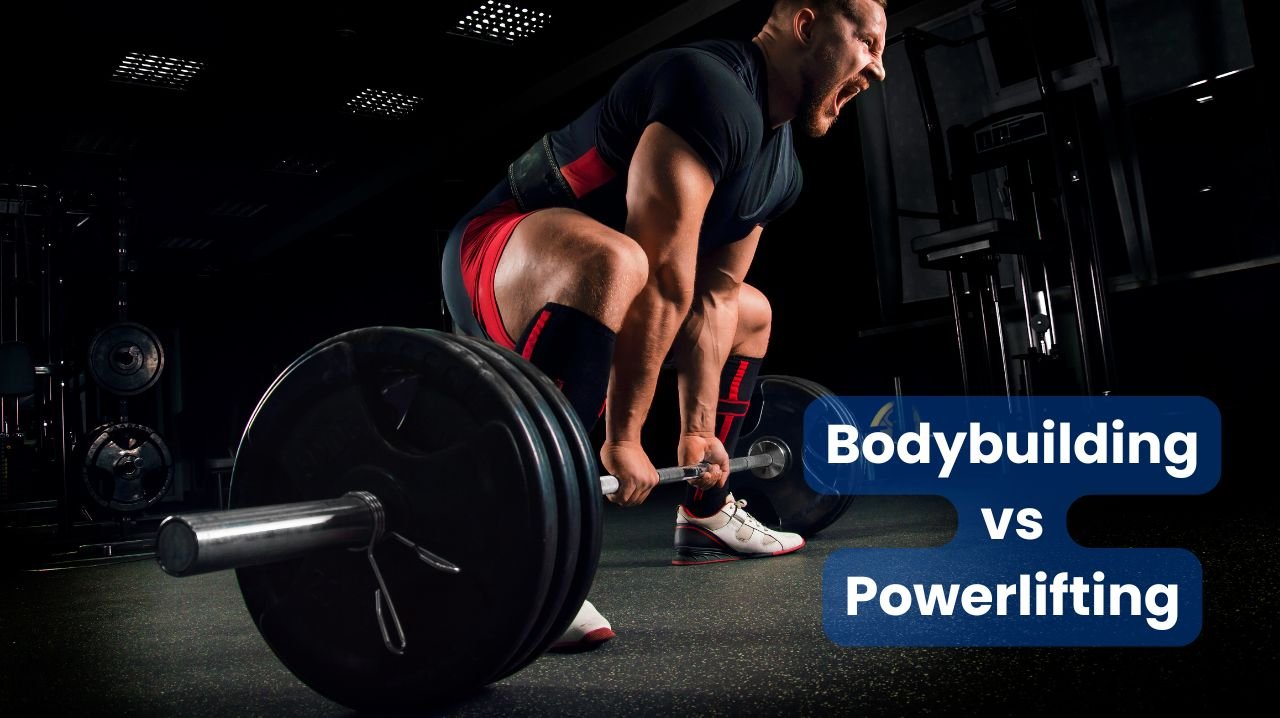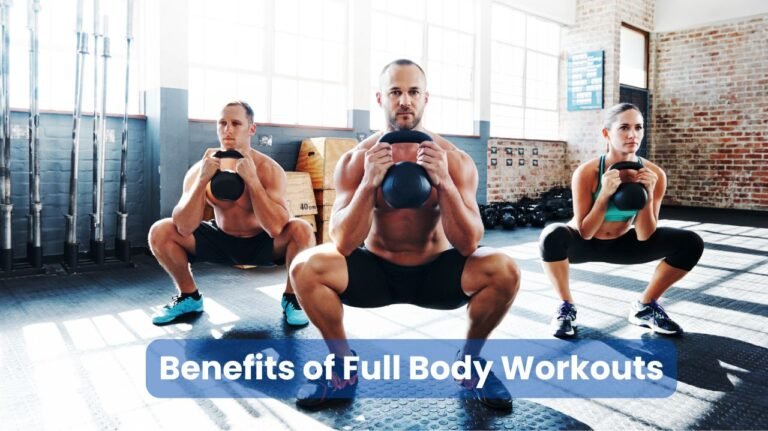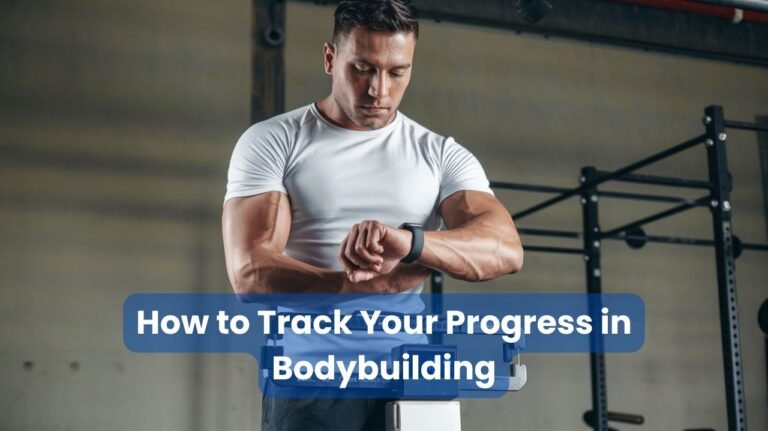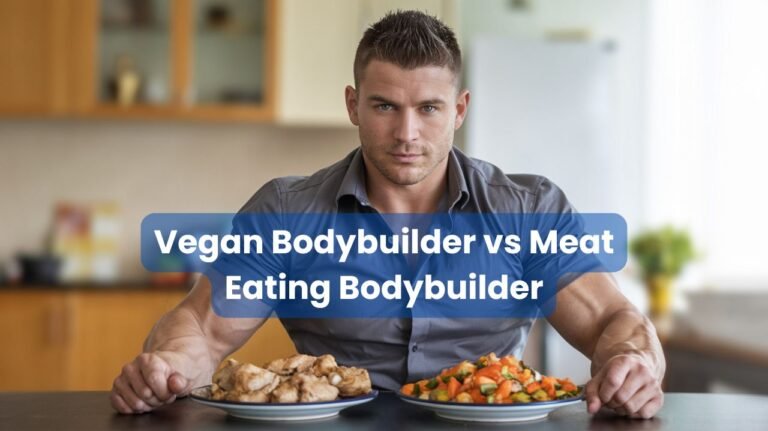Bodybuilding vs Powerlifting: Key Differences Explained
For fitness enthusiasts, the world of strength training offers various paths to achieve physical excellence. Two popular disciplines that often draw comparisons are bodybuilding and powerlifting.
While both involve lifting weights and pushing the body to its limits, they have distinct goals, training methods, and competitive formats.
This article delves into the key differences between bodybuilding and powerlifting, helping readers understand which approach might align better with their fitness aspirations.
👉 Pack On Muscle Mass and Get Bigger and Stronger
👉 Burn Fat and Get Seriously Ripped
👉 Get Explosive Strength and Maximum Stamina
👉 Become A Gym Beast With Legal SARMs Alternatives
Understanding Bodybuilding
Bodybuilding is a sport and lifestyle focused on developing an aesthetically pleasing physique through a combination of weight training, precise nutrition, and specific posing techniques. The primary goal of bodybuilders is to increase muscle size (hypertrophy) while minimizing body fat to create a visually impressive and balanced physique.
Key aspects of bodybuilding include:
- Emphasis on muscle symmetry and proportion
- Focus on isolating individual muscle groups
- High-volume training with moderate weights
- Strict attention to diet and nutrition
- Incorporation of cardiovascular exercise for fat loss
- Use of posing routines to showcase physique
Bodybuilders typically train with a higher number of repetitions and sets, often incorporating techniques like drop sets, supersets, and time under tension to maximize muscle growth. Their training splits usually target specific muscle groups on different days to allow for adequate recovery and growth.
Understanding Powerlifting
Powerlifting, on the other hand, is a strength sport that focuses on maximizing performance in three specific lifts: the squat, bench press, and deadlift. The goal of powerlifters is to lift the heaviest possible weight for a single repetition in each of these compound movements.
Key aspects of powerlifting include:
- Focus on strength rather than aesthetics
- Emphasis on the “big three” lifts: squat, bench press, and deadlift
- Training with heavy weights and low repetitions
- Prioritizing technique and form to maximize lifting efficiency
- Less emphasis on isolation exercises
- Structured training programs designed to peak for competitions
Powerlifters typically train with lower repetitions and higher weights, often following specific percentage-based programs to gradually increase their strength over time. Their training splits are usually organized around the main lifts, with variations and accessory exercises chosen to support performance in the squat, bench press, and deadlift.
Key Differences Between Bodybuilding and Powerlifting
To better understand the distinctions between these two disciplines, let’s explore their differences across various aspects:
1. Primary Goals
- Bodybuilding: Achieve maximum muscle size and definition while maintaining symmetry and proportion.
- Powerlifting: Lift the heaviest possible weight in the squat, bench press, and deadlift.
2. Training Focus
- Bodybuilding: Hypertrophy-oriented training with a mix of compound and isolation exercises.
- Powerlifting: Strength-oriented training primarily focused on the three main lifts and their variations.
3. Rep Ranges and Volume
- Bodybuilding: Higher rep ranges (typically 8-12 or more) with moderate weights and higher overall volume.
- Powerlifting: Lower rep ranges (typically 1-5) with heavier weights and lower overall volume.
4. Exercise Selection
- Bodybuilding: Wide variety of exercises targeting all muscle groups, including many isolation movements.
- Powerlifting: Focus on compound movements, with accessory exercises chosen to support the main lifts.
5. Nutrition and Diet
- Bodybuilding: Strict, periodized nutrition plans often involving bulking and cutting phases.
- Powerlifting: Focus on adequate calorie and protein intake to support strength gains, with less emphasis on body composition.
6. Competition Format
- Bodybuilding: Competitors are judged on their physical appearance, muscle size, symmetry, and posing routines.
- Powerlifting: Competitors are judged on the total weight lifted across the three main lifts.
7. Body Composition Goals
- Bodybuilding: Low body fat percentages (especially for competitions) with maximum muscle mass.
- Powerlifting: Body composition is less important; focus is on strength-to-weight ratio.
8. Training Frequency
- Bodybuilding: Often involves training each muscle group 1-2 times per week with higher volume.
- Powerlifting: May involve training the main lifts 2-4 times per week with varying intensities.
9. Rest Periods
- Bodybuilding: Shorter rest periods (30-90 seconds) to maintain muscle pump and metabolic stress.
- Powerlifting: Longer rest periods (3-5 minutes or more) to allow for maximal effort on heavy lifts.
10. Cardiovascular Training
- Bodybuilding: Regular cardio is often incorporated, especially during cutting phases.
- Powerlifting: Limited cardio, mainly for general health or to support recovery.
Comparing Training Approaches
To illustrate the differences in training approaches, here’s a comparison of typical workout structures for bodybuilding and powerlifting:
| Aspect | Bodybuilding Workout | Powerlifting Workout |
|---|---|---|
| Main Focus | Chest and Triceps | Bench Press |
| Exercises | • Barbell Bench Press (4 sets x 8-10 reps) • Incline Dumbbell Press (3 sets x 10-12 reps) • Cable Flyes (3 sets x 12-15 reps) • Tricep Pushdowns (3 sets x 12-15 reps) • Overhead Tricep Extensions (3 sets x 10-12 reps) | • Barbell Bench Press (5 sets x 3 reps at 85% 1RM) • Close-Grip Bench Press (3 sets x 5 reps) • Dumbbell Rows (3 sets x 8 reps) • Face Pulls (3 sets x 12 reps) |
| Rest Periods | 60-90 seconds between sets | 3-5 minutes between main lift sets, 1-2 minutes for accessories |
| Workout Duration | 60-90 minutes | 90-120 minutes |
This comparison highlights the different approaches to exercise selection, volume, and intensity between bodybuilding and powerlifting workouts.
Pros and Cons of Each Discipline
Both bodybuilding and powerlifting offer unique benefits and potential drawbacks. Understanding these can help individuals choose the approach that best aligns with their goals and preferences.
Bodybuilding Pros:
- Develops a visually impressive physique
- Improves muscle balance and symmetry
- Enhances mind-muscle connection
- Offers versatility in training methods
- Can improve overall body composition
Bodybuilding Cons:
- Requires strict dieting, which can be challenging
- May lead to body image issues or obsession
- Can be time-consuming due to high training volume
- Competitive success is subjective and judged
Powerlifting Pros:
- Focuses on tangible strength gains
- Builds functional strength applicable to daily life
- Offers clear, objective measures of progress
- Can be less time-consuming than bodybuilding
- Develops mental toughness and confidence
Powerlifting Cons:
- Higher risk of injury due to heavy loads
- May not lead to significant aesthetic improvements
- Can be monotonous due to focus on few lifts
- May require specialized equipment for optimal training
Can You Combine Bodybuilding and Powerlifting?
While bodybuilding and powerlifting have distinct goals and methodologies, many athletes and fitness enthusiasts find value in combining elements of both disciplines. This approach, sometimes referred to as “powerbuilding,” aims to develop both strength and aesthetics.
Benefits of a combined approach:
- Balanced development of strength and muscle size
- Increased variety in training, reducing boredom
- Potential for improved overall athletic performance
- Flexibility to focus on different goals at different times
To implement a combined approach, individuals might:
- Incorporate both heavy, low-rep compound lifts and higher-rep isolation exercises in their routines
- Periodize their training to focus on strength at certain times and hypertrophy at others
- Use powerlifting techniques to break through plateaus in bodybuilding training
- Apply bodybuilding principles to address weak points in powerlifting performance
Choosing Between Bodybuilding and Powerlifting
Deciding whether to pursue bodybuilding, powerlifting, or a combination of both depends on various factors:
- Personal goals: Are you more interested in how you look or how much you can lift?
- Body type and genetics: Some individuals may be better suited to one discipline based on their natural build and muscle fiber composition.
- Time commitment: Consider how much time you can dedicate to training and recovery.
- Competitive aspirations: Think about whether you want to compete and in what type of events.
- Health considerations: Consult with a healthcare professional to determine which approach is safer for your individual circumstances.
- Personal enjoyment: Ultimately, choose the path that you find most fulfilling and sustainable in the long term.
👉 Boost in Focus and Energy to Help Increase Pumps and Performance
👉 Increase Gains, Promote Muscle Growth and Boost Energy
👉 Powerful Muscle Growth, Increased Blood Flow, and Enhanced Pumps
👉 Bulk-Up, Increase Gains, And Improve Recovery
Conclusion
Bodybuilding and powerlifting represent two distinct approaches to strength training, each with its own set of goals, methodologies, and challenges. Bodybuilding focuses on sculpting an aesthetically pleasing physique through hypertrophy-oriented training and meticulous nutrition. Powerlifting, on the other hand, emphasizes raw strength in the squat, bench press, and deadlift.
While these disciplines have clear differences, they also share common ground in their dedication to physical improvement and the use of resistance training as a primary tool. Many individuals find value in borrowing elements from both approaches to create a well-rounded fitness regimen that addresses both strength and aesthetics.
Ultimately, the choice between bodybuilding and powerlifting – or a combination of the two – depends on individual goals, preferences, and physical attributes. By understanding the key differences and similarities between these disciplines, fitness enthusiasts can make informed decisions about their training approach and set themselves on a path to achieve their desired outcomes.
Whether the goal is to build an impressive physique, lift superhuman weights, or find a balance between the two, both bodybuilding and powerlifting offer rewarding journeys of self-improvement and physical achievement. The key is to choose the path that aligns best with personal aspirations and to approach training with consistency, dedication, and a willingness to learn and adapt along the way.







